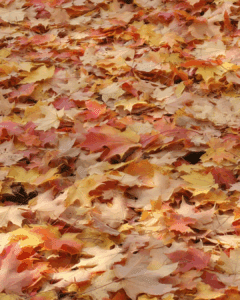
As the seasons change and colorful leaves begin to fall, it can be tempting to let nature take its course and skip the fall cleanup. After all, a layer of leaves might seem harmless—or even “natural.” But when it comes to your lawn’s health, leaving too many leaves behind can actually do more harm than good.
Here’s why clearing those leaves is essential to keeping your lawn lush, healthy, and ready for next spring.
1. Leaves Smother Your Grass
When leaves pile up, they block sunlight and trap moisture. This creates a barrier that prevents your grass from getting the air, light, and nutrients it needs to survive. Over time, this suffocation can cause your lawn to thin out, weaken, or even die in certain spots.
2. Increased Risk of Disease and Mold
Wet, compacted leaves hold in moisture—perfect conditions for fungal growth. Diseases like snow mold or brown patch can thrive under a mat of decomposing leaves, especially when winter snow piles on top. By spring, you could be facing unsightly patches and unhealthy turf.
3. Pests Love Leaf Piles
A thick layer of leaves provides the ideal hiding spot for unwanted guests such as insects, rodents, and other pests. These critters may not only damage your grass but could also migrate closer to your home as temperatures drop.
4. It Can Delay Spring Green-Up
A lawn covered in leaves heading into winter won’t get the oxygen it needs, slowing down recovery once warmer weather returns. Cleaning up leaves in the fall helps your grass “breathe,” allowing it to come back greener and stronger in spring.
While fallen leaves might add a cozy, seasonal feel to your yard, leaving them to accumulate can cause long-term damage to your lawn’s health and appearance. Regular cleanup or mulching ensures your grass gets the light, air, and nutrients it needs to thrive year after year.
Keep your lawn clean this fall—and you’ll thank yourself when spring rolls around with a beautiful, Rich Green Lawn. ????
